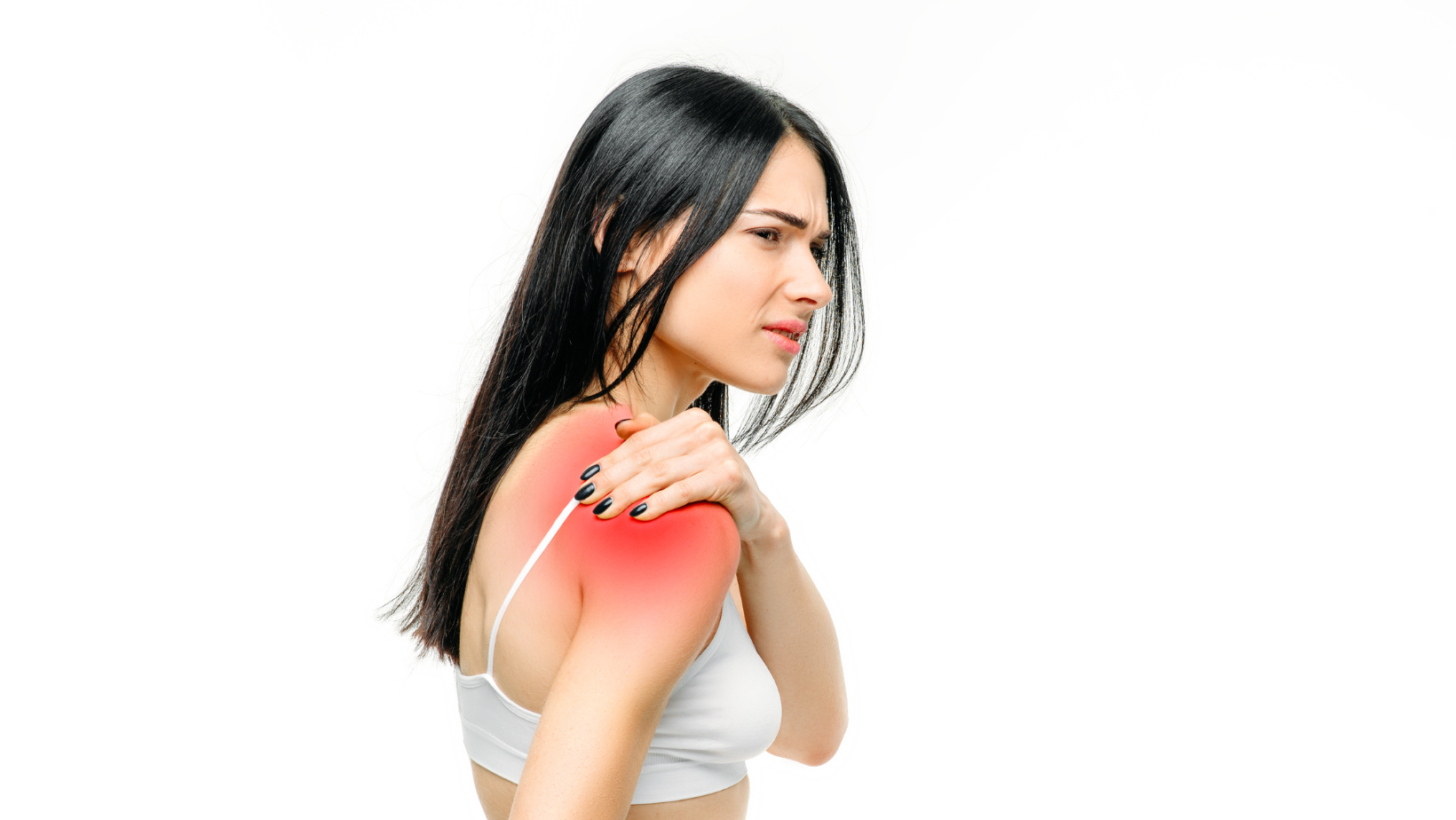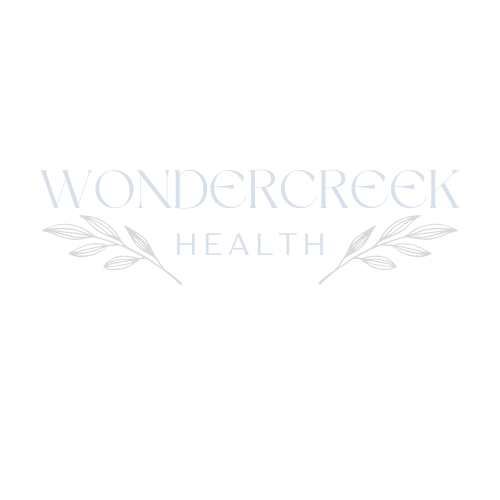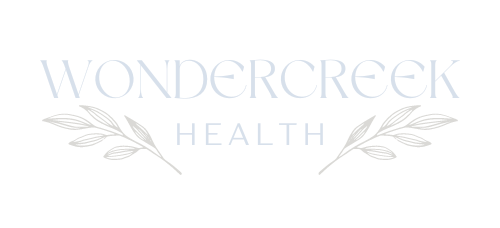Managing Muscle and Joint Pain During Menopause: Understanding the Impact of Estrogen on Musculoskeletal Health

I am diving into a topic that is near and dear to me as it was, in hindsight, my bodies way of telling me I was in perimenopause. It's a topic that many women experience but often don’t discuss enough: muscle and joint pain during the menopause transition. This discomfort is part of what’s known as the musculoskeletal syndrome of menopause. Let’s explore the physiology behind this and how you can combat it effectively.
The Role of Estrogen in the Musculoskeletal System
Estrogen plays a crucial role in maintaining musculoskeletal health. Estrogen receptors are present in various tissues, including muscles, tendons, ligaments, and bones. These receptors help regulate:
- Collagen Production: Estrogen stimulates collagen production, maintaining the strength and elasticity of connective tissues.
- Bone Density: Estrogen helps maintain bone density by balancing the activity of osteoclasts (cells that break down bone) and osteoblasts (cells that build bone).
- Muscle Mass: Estrogen influences muscle mass and strength, which can affect overall physical function.
- Anti-inflammatory Effects: Estrogen has anti-inflammatory properties that help reduce inflammation in the joints and muscles. This can alleviate pain and stiffness associated with menopause.
During menopause, the decline in estrogen levels leads to several changes:
- Decreased Collagen: Reduced collagen production makes tendons and ligaments less elastic, leading to stiffness and pain.
- Bone Loss: Lower estrogen levels accelerate bone loss, increasing the risk of osteoporosis and fractures.
- Muscle Weakness: Muscle mass and strength decrease, contributing to overall musculoskeletal discomfort.
- Increased Inflammation: The anti-inflammatory effects of estrogen diminish, leading to higher levels of inflammation, which can exacerbate joint and muscle pain.
Prevalence and Diagnosis of Musculoskeletal Disorders
- Osteoarthritis (OA): OA affects more than 30 million adults in the U.S., with women being more likely to develop it after menopause.
- Inflammatory Arthritis: Conditions like rheumatoid arthritis (RA) often onset between ages 40 and 60, with women being more commonly affected.
- Fibromyalgia: This condition is diagnosed in about 2-4% of the population, predominantly women, often triggered or exacerbated by menopause.
- Frozen Shoulder: Also known as adhesive capsulitis, it affects 2-5% of the population, with a higher incidence in women aged 40-60. It is characterized by stiffness and pain in the shoulder joint, often linked to hormonal changes during menopause.
These conditions are frequently treated with medications that manage symptoms but may not address the root cause related to hormonal changes.
Combatting Musculoskeletal Pain in Menopause
- Hormone Replacement Therapy (HRT)
- HRT can help mitigate the decline in estrogen levels, supporting musculoskeletal health. Consult with your menopause doctor to see if HRT is right for you.
- Regular Exercise
- Strength Training: Helps maintain muscle mass and bone density. Focus on weight-bearing exercises like lifting weights, squats, and resistance band workouts.
- Flexibility Exercises: Yoga and stretching routines can improve flexibility and reduce stiffness.
- Cardio: Activities like walking, swimming, and cycling promote overall health and support joint function.
- Balanced Nutrition
- Calcium and Vitamin D: Essential for bone health. Include dairy products, leafy greens, and fortified foods in your diet.
- Anti-inflammatory Foods: Incorporate foods rich in omega-3 fatty acids (like fish and flaxseeds), antioxidants (berries and nuts), and whole grains to reduce inflammation.
- Supplements
- Calcium and Vitamin D Supplements: If dietary intake is insufficient, consider supplements.
- Magnesium: Supports muscle and nerve function, helping to reduce cramps and spasms.
- Hydration
- Staying hydrated is crucial for joint lubrication and overall health. Aim for at least 8 glasses of water a day.
- Adequate Rest
- Ensure you get enough sleep to allow your body to repair and regenerate tissues. Aim for 7-9 hours of quality sleep each night.
- Professional Support
- Physical Therapy: A physical therapist can provide tailored exercises to improve strength and flexibility.
- Chiropractic Care: Can help manage pain and improve joint function through adjustments and other treatments.
Conclusion
Menopause brings various changes that can impact your musculoskeletal health, but understanding these changes and taking proactive steps can help manage and reduce muscle and joint pain. By incorporating a balanced approach of HRT, regular exercise, proper nutrition, and professional support, you can maintain your musculoskeletal health and improve your overall quality of life during the menopause transition and beyond.
Stay active, eat well, and take care of your body!
Dr. Anna
WonderCreek Health Blog



